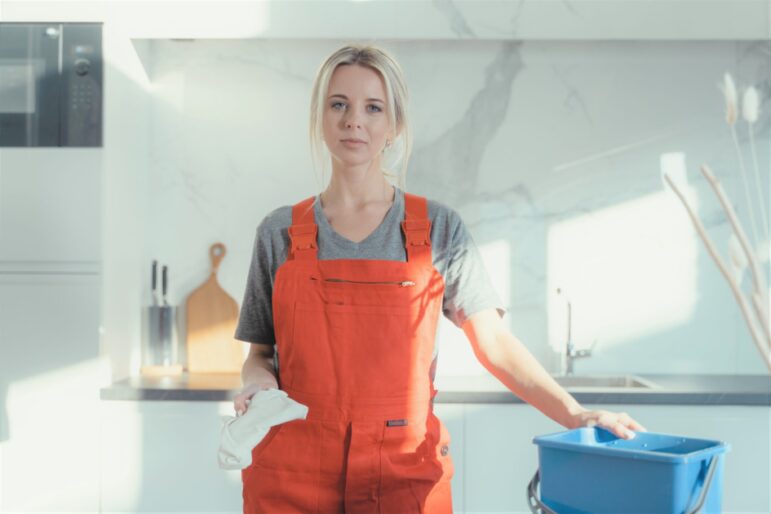As businesses continue to adapt and change in this post-pandemic landscape, remote work has had a significant impact on building occupancy. How does this affect the cleaning industry? ISSA’s Straight Talk! with Jeff Cross covers this topic, along with offering ways that commercial cleaners can still thrive through these changes.
Randy Burke, founder and CEO of DCS Global explains that because occupancy is down to 50 per cent on average since the pandemic, making scaled-down, more efficient cleaning models necessary. “The pandemic is over, but the post-pandemic reality is here,” Burke says.
He suggests companies need to get creative in addressing spaces that are vacant or less full, with a flexible approach. As an example, he has created an “occupancy credit calculator,” which along with accounting for common areas, looks at where cleaning is necessary when workspaces are empty. The sliding scale looks at the pre-pandemic occupancy levels and compares them to today’s occupancy to be able to allocate resources accordingly.
He also mentions alternate day cleaning as a way to maintain building cleanliness appropriately for its traffic. Daylight cleaning is one approach that cleaners and maintenance managers are taking, where some of the cleaning takes place in empty spaces during the day to maximize efficiency.
In an attempt to manage costs, companies are often looking for company-wide cleaning programs, where cleaners schedule visits for maximum ease and efficiency. Because these occupancy levels are regularly shifting, Burke suggests a monthly approach, where the schedule is adjusted and confirmed a month ahead, based on predicted occupancy.
Using things like visual tent cards to indicate whether a desk has been used can help cleaners address areas in need, limiting time spent on areas that remain vacant.
What are some of the ways that commercial cleaners can find success in this ever-changing market? “Transparency and flexibility are the two key elements that contractors can bring into their business, making them part of their culture so that they can survive and thrive,” says Burke.
Communicating clearly with clients, talking about the “new normal,” and keeping them informed of upcoming changes and how you are maintaining your margins helps companies understand each other.
Flexibility is also key, as the environment is still changing. While some companies are allowing more employees to work from home, other companies are calling everyone back. Cleaners need to be able to pivot their services accordingly and be ready when needed.
With the current tight labour market, companies may be more willing to consider alternative systems to avoid any more disruption to their cleaning services. Maintaining a transparent and flexible approach can help cleaners to succeed as building occupancy continues to shift.








